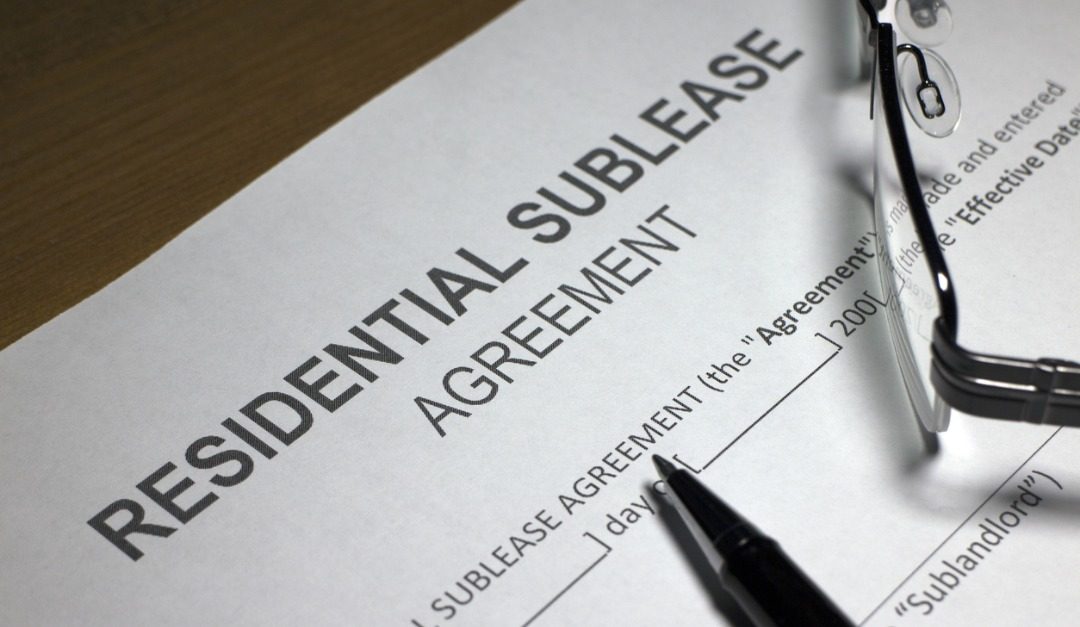There are a variety of reasons why a renter might not wish to commit to a long-term rental agreement—they’ve recently moved to a new city, they’re still searching for their dream property or they’re in town for a temporary contract position with no intention to set down permanent roots. Other people, especially freelancers, may choose to live the digital nomad lifestyle and travel from place to place. Whatever the case may be, if you value your freedom and have commitment phobia when it comes to leases, a sublease agreement, also known as a sublet, might be right up your alley.
How does it work? A sublease is a lease of a property by a tenant to a subtenant. If a tenant needs to vacate the premises for a portion of their lease—for instance, to head home for a family emergency, or to go on an extended vacation—they can choose to sublet their property to a third party, who will cover the cost of rent. It’s a win-win situation for the temporary renter and the original renter. But it’s important to keep in mind that the original tenant is still liable for the obligations in the lease agreement, and the subtenant is liable to the original tenant should they fail to pay rent.
What does this mean? This means that the original tenant is still responsible for ensuring the rent is paid. If you are subleasing, you should be sure that the new tenant is responsible and reliable. Otherwise, you will be forced to pay their share even if you didn’t live on the premises during their rental period. It is also important that the subleasing tenant is respectful of the property and follows all of the obligations in the lease agreement. Both tenants should discuss the agreement in detail together, and clear up any confusion before the new tenant moves in.
Does my landlord need to be notified? Subleasing is not always permitted, so you should check your original lease agreement to see if there is any fine print forbidding subletting your place. Fortunately, most landlords are okay with it as long they are notified and given the chance to approve—or deny—the request to sublet. Landlords don’t always require a face-to-face meeting with the subleasing tenant, but some might like to get to know them.





